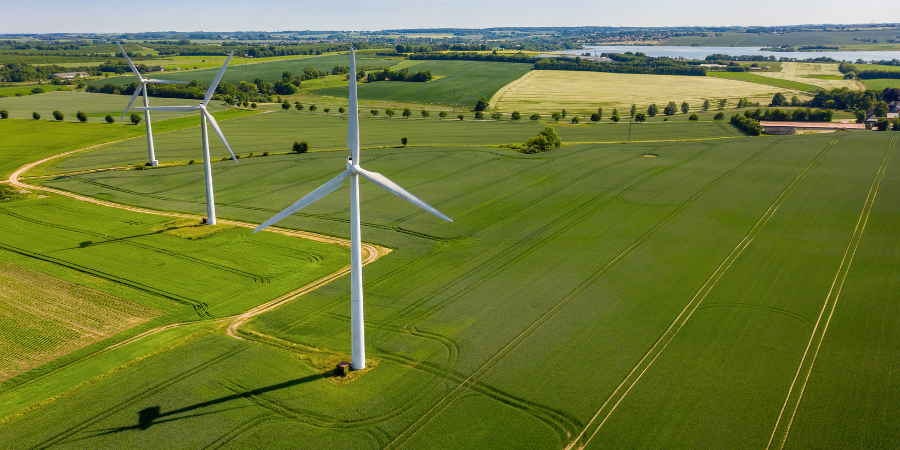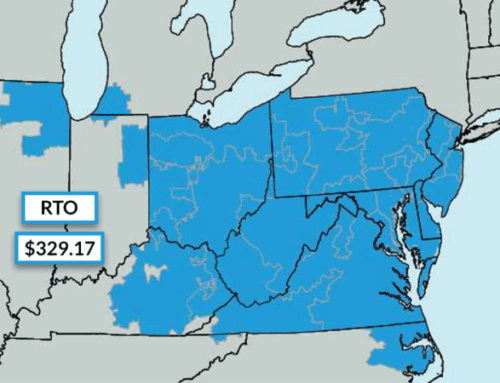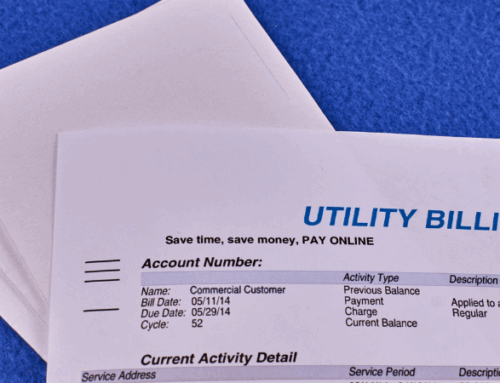The global energy sector is poised for a significant energy transition in 2025. As demand continues to grow, driven by the rise of AI and economic growth, market participants must stay informed about the rapidly evolving energy landscape to adapt their energy strategies. This article explores the latest energy market trends for 2025, including the role of renewables, shifting energy policies, and the integration of new energy technologies. As we delve into these developments, we will also highlight how these trends impact businesses and energy consumers across the U.S. and global energy markets.
Looking Back At 2024: Key Energy Trends
Before diving into the energy sector trends for 2025, it’s important to recap and reflect on the key developments from 2024. As outlined in our 2024 Energy Industry Trends article, this past year had several critical influences, including the increasing role of renewable energy, the influence of geopolitical events on energy prices, and a notable increase in electricity demand.
2024 saw a rise in clean energy trends, with solar setting records in terms of installed capacity, helping mitigate the environmental impact of rising electricity demand. Despite these gains, fossil fuel-fired power plants continued to play a substantial role in energy generation. The demand for electricity increased sharply in certain regions, causing rising costs in PJM energy capacity, while global natural gas markets faced ongoing volatility.
2024 laid the groundwork for what will likely be an even more dynamic year in 2025, as energy consumption increases and the market struggles to bridge the gap between supply and demand.
Energy Industry Trends For 2025: Key Forecasts And Developments
As we look ahead to next year, several key factors will shape the energy industry in 2025. From soaring demand to record-breaking renewable energy capacity, the following energy sector trends and forecasts will likely dominate energy news.
Electricity Demand Increase
According to the IEIA, global electricity demand is projected to grow by approximately 4% in 2025, a significant rise from the 2.5% growth experienced in 2023. This marks some of the highest levels of power demand growth in decades. Causes of this increase include economic expansion, data center demand to support AI, and the rise of electric vehicles.
Renewable Energy Expansion
Solar, wind, and battery storage are all expected to continue to grow in 2025. According to the World Economic Forum, solar is forecast to meet roughly half of the global electricity demand growth in 2025. This highlights the growing role of clean energy in mitigating climate change and reducing dependence on fossil fuels. For the first time, renewable energy generation in 2025 is expected to surpass coal, a major milestone in the global energy transition.
Flatlining CO2 Emissions
According to the EIA, carbon dioxide (CO2) emissions from electricity generation are expected to plateau in 2025. The International Energy Agency (IEA) suggests that CO2 emissions could even decline by 2025 if hydropower generation continues to grow.
Electricity Prices Forecast For 2025
With rising demand, electricity prices are expected to increase in 2025. In a recent PJM capacity auction, prices increased 10x due to less generation supply and more power demand. Furthermore, market experts such as Morgan Stanley predict prices could go even higher in the upcoming December 2024 PJM capacity auction. As prices fluctuate, businesses must consider strategies to manage these costs, such as energy procurement and hedging. For more information on strategies to handle rising energy prices, contact our team of power market experts today.
Emerging Technologies
Artificial intelligence (AI) and digital technologies in the energy sector are expected to accelerate in 2025. AI-driven systems are increasingly being used to optimize grid management, improve energy efficiency, and predict demand patterns. These technologies are also being used in the wholesale electricity markets to optimize battery storage assets and manage utility-grade solar farms in real-time. There are also many government-backed initiatives such as the DOE’s Energy Earthshots, which is injecting $264 million in funding for clean energy projects.
Energy Efficiency & Grid Modernization
With the rapid rise in electricity demand, the need for grid modernization and energy efficiency to curtail energy load has never been more urgent. Utilities are investing heavily in upgrading transmission infrastructure to accommodate more renewable energy sources and ensure grid reliability. The energy industry forecast for 2025 predicts that grid stability and energy security will be top priorities.
Evolving Energy Policies & Regulations
Policymakers are ramping up their efforts to reduce greenhouse gas emissions and promote clean energy technologies. In the U.S., the Office of Energy Efficiency and Renewable Energy (EERE) has an FY25 budget focused on decarbonization, developing clean energy technologies, and expanding the clean energy workforce. These policy changes will create opportunities for businesses to invest in clean energy solutions and benefit from tax incentives, energy subsidies, and rebates aimed at reducing emissions.
Need Help Preparing Your 2025 Energy Strategy?
Rising demand, renewable energy, and the development of emerging technologies will shape the energy industry’s future in 2025. Businesses and consumers alike must adapt to these changes by adopting energy management strategies, investing in clean energy solutions, and staying informed about the latest trends in the energy market. Diversegy helps businesses navigate these shifts with comprehensive energy solutions, from energy procurement and risk management to energy efficiency and commercial solar. Contact us today to learn how our team can help you stay ahead of the curve in 2025.



